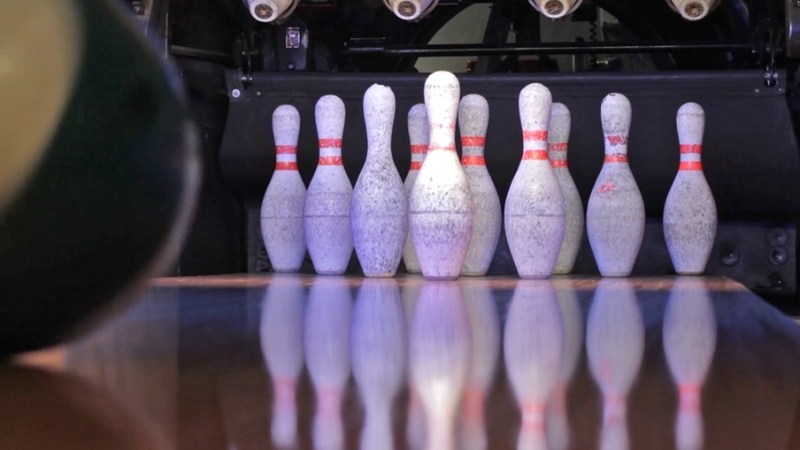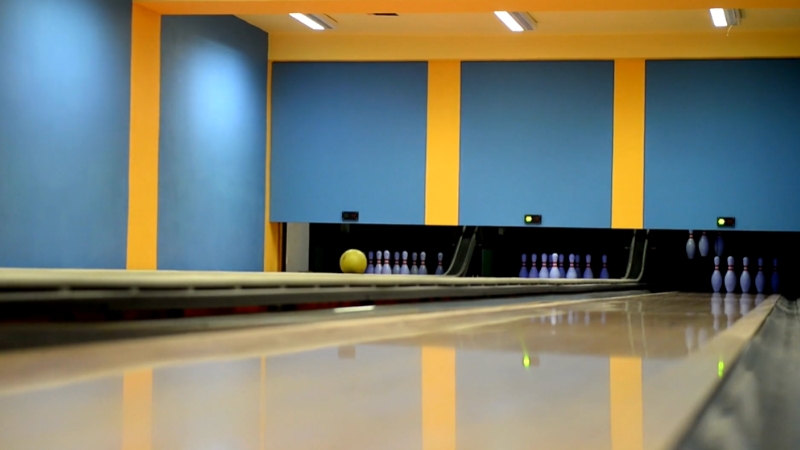Bowling is great fun! You can play with friends, family, or on your own, regardless of your skill level.
But how do you measure your performance? How do your scores compare to others in your age group?
I’ll help you understand what a good bowling score looks like for different age groups.
Age Group
Score Range
Kids Under 10
20-70
Pre-Teens
70-120
Teens
120-190
Young Adults
170-220 (20-30)
Mature Adults
120-150
Kids Under 10
- Scores Range: 20-70
- Tips: Use bumpers and light balls
For young kids under 10, bowling is all about having fun and getting a feel for the game.
Lighter balls and bumpers, which prevent the ball from going into the gutters, help keep the game enjoyable.
Scores can vary widely as kids are just starting to develop their coordination and strength.
Pre-Teens
As kids hit the pre-teen years, their average scores start to climb.
This age is perfect for focusing on technique, especially learning how to consistently score spares.
It’s an exciting time as they start to see their scores improve with practice.
Teens

Teenagers, with their increasing strength and refining skills, can achieve impressive scores.
Regular visits to the bowling alley and a focus on technique can help them score in the high 100s.
Young Adults
In their 20s and 30s, bowlers hit their physical peak. Those who keep refining their skills and strategies can see their scores soar.
It’s also the age group where many bowlers achieve their lifetime best scores.
Mature Adults
View this post on Instagram
As bowlers enter their 50s and beyond, scores might dip a bit for casual players.
However, those who stay active in the sport and maintain their physical fitness can still post impressive numbers.
How Age Affects Bowling Performance
Bowling is one of the few sports where players of all ages can enjoy and excel. However, physical and developmental factors at each stage of life can influence performance:
Age Group
Key Physical Factors
Impact on Game
Kids (Under 10)
Developing coordination, small muscle strength
Light balls and bumpers help them learn the game enjoyably
Pre-teens to Teens
Growth spurts, improving coordination, growing power
Scores increase quickly with regular practice
Young Adults (20–30)
Peak physical strength and reflexes
Often the highest-scoring group due to power and control
Adults (31–50)
Slight dip in reflex speed, but better technique
Can still reach or maintain pro-level scores with practice
Older Adults (50+)
Possible reduction in strength, flexibility, stamina
Experience and smart play can still lead to great scores
What’s a Good Score?

Understanding what makes a good score depends on several factors, including age, experience, and how often you play.
Here’s a quick rundown:
- Ages 10 to 15: A good score ranges from 90 to 150, improving as kids grow and gain more experience.
- Ages 15 to 30: Bowlers should aim for scores between 170 and 220. Older individuals in this group might achieve higher scores thanks to increased skills.
- Ages 30 to 45: Scores of 200 to 250 or more are common among experienced bowlers, reflecting a professional level of play.
- Ages Above 45: While scores can vary, a general expectation is 120-150. However, those who practice regularly and stay fit can achieve much higher.
Skill Levels by Score
Here’s a breakdown of bowling skill levels based on average scores:
Skill Level
Score Range
Description
Beginner
50 – 100
Just starting out. Learning how to aim and release the ball. Occasional spares/strikes.
Intermediate
100 – 170
More consistent. Able to pick up spares and hit strikes occasionally. Building confidence and control.
Advanced
170 – 220
Strong technique and good game strategy. Consistent scoring, with regular spares and strikes.
Pro-Level
220 – 300
Competitive or league-level bowlers. Precision, consistency, and advanced ball control. Can handle lane variations.
Tie-in with Age Groups
- Kids & Pre-teens: Typically in the beginner range, aiming to reach intermediate with practice.
- Teens: Progressing toward intermediate and sometimes advanced.
- Young Adults (20–30): Often in the advanced range, especially with regular play.
- Adults (30+): Range varies depending on experience. Casual players may stay intermediate, while league players often reach pro levels.
How Can You Improve Your Bowling Score?
Trying to improve your bowling scores?
The 10 Drill For Bowling Practice –> https://t.co/UnFJkiz42u #SpareZBowling #BowlingTechniques pic.twitter.com/xwQQtnWUDY
— SpareZ Bowling (@SpareZBowling) January 13, 2021
Regardless of your age, improving your bowling score is all about practice, technique, and sometimes, a bit of strategy. Here are a few tips:
- Practice Regularly: The more you bowl, the better you’ll get. Try to play at least once a week.
- Focus on Technique: Work on your stance, approach, and release. Consistency is key.
- Learn About Bowling Balls: Different balls suit different styles and lane conditions. Experiment to find what works best for you.
- Join a League: Bowling in a league can push you to improve and learn from more experienced players.
Bowling Milestones to Aim For
Whether you’re 8 or 80, celebrating your progress with personal milestones makes the game even more fun. Here are common achievements to strive for:
Milestone
What It Means
First 100-point game
Big step for beginners. Shows basic control and scoring ability.
First Spare
Learning to pick up difficult pin combinations.
First Strike
A satisfying moment – a clean, strong delivery.
Breaking 150 Consistently
Indicates a solid intermediate player.
First 200+ Game
Major milestone. Shows consistent spares/strikes and control.
Series of 500+ (3 Games)
For more serious bowlers, a great goal to measure consistency.
Bottom Line
@pajakdaria Yaaaaaaas! What’s your high score? #bowling #perfectscore #athlete #sport #GoSpring ♬ Unstoppable (I put my armor on, show you how strong I am) – Sia
A good bowling score varies by age and experience, but tracking your progress is key.
Kids under 10 should aim for 50–70, while pre-teens can work toward breaking 100. Teenagers often reach 130–170 with regular play, and young adults typically score between 170 and 220.
Adults in their 30s and 40s can maintain scores around 180–230 if they play consistently. For older adults, 130–150 is a solid range, though regular bowlers can still achieve 180 or more.
Set specific goals, monitor your scores over time, and focus on steady improvement through practice and technique.
